Jackie Parsons and Joe Kelly
Holne
A smallholding with a late summer species-rich meadow, used by ewes and lambs and much other wildlife.
We have looked after 20 acres of woodland and pasture in Holne Parish since 2009. As far as we know, the pasture has been grazed by sheep and horses since 1983 and probably by sheep and/or cattle for many years before that. We don’t use fertilisers and only have 10 breeding ewes, a ram and however many lambs they produce each year…plus 2 horses.
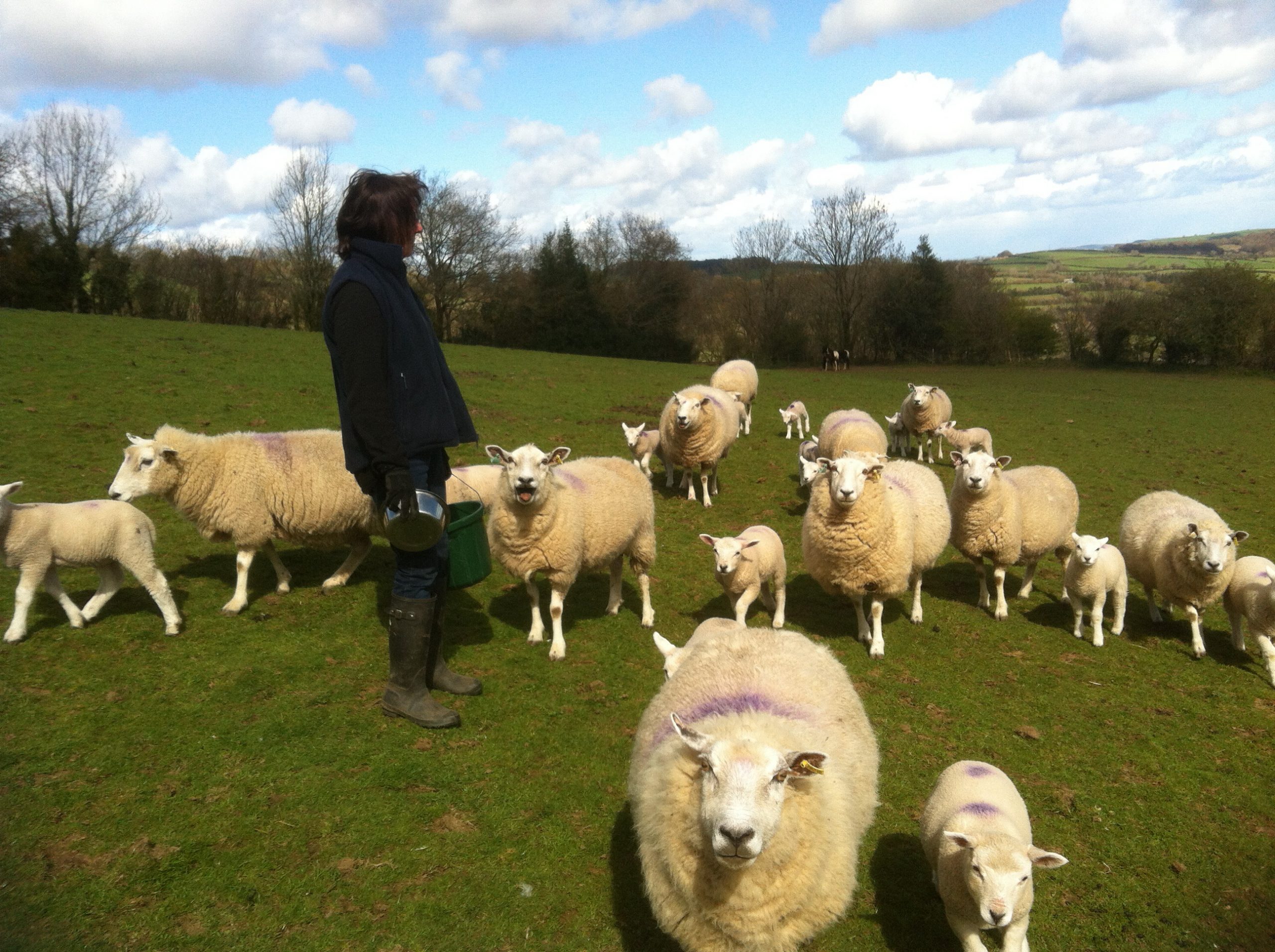
We have a five year Higher Level Stewardship agreement, which has been great as it has enabled us to afford some improvements like new fences and gates, bracken and scrub management, and lots of bird and dormouse boxes in the woods. The HLS agreement will come to an end in December 2021.
Our wildflower meadow is a fenced triangle of species-rich grassland which we shut up in mid-May after our ewes and new lambs have grazed it off. It buzzes with insects and is a magnet for Swallows, House Martins, Pied and Spotted Flycatchers, Goldfinches, Wagtails and Warblers.
It’s a wonderful picture in July, full of Red and White Clovers, Bird’s-Foot Trefoil, Self Heal, Yarrow, Common Cats Ears, Hawksbeard, and much more.
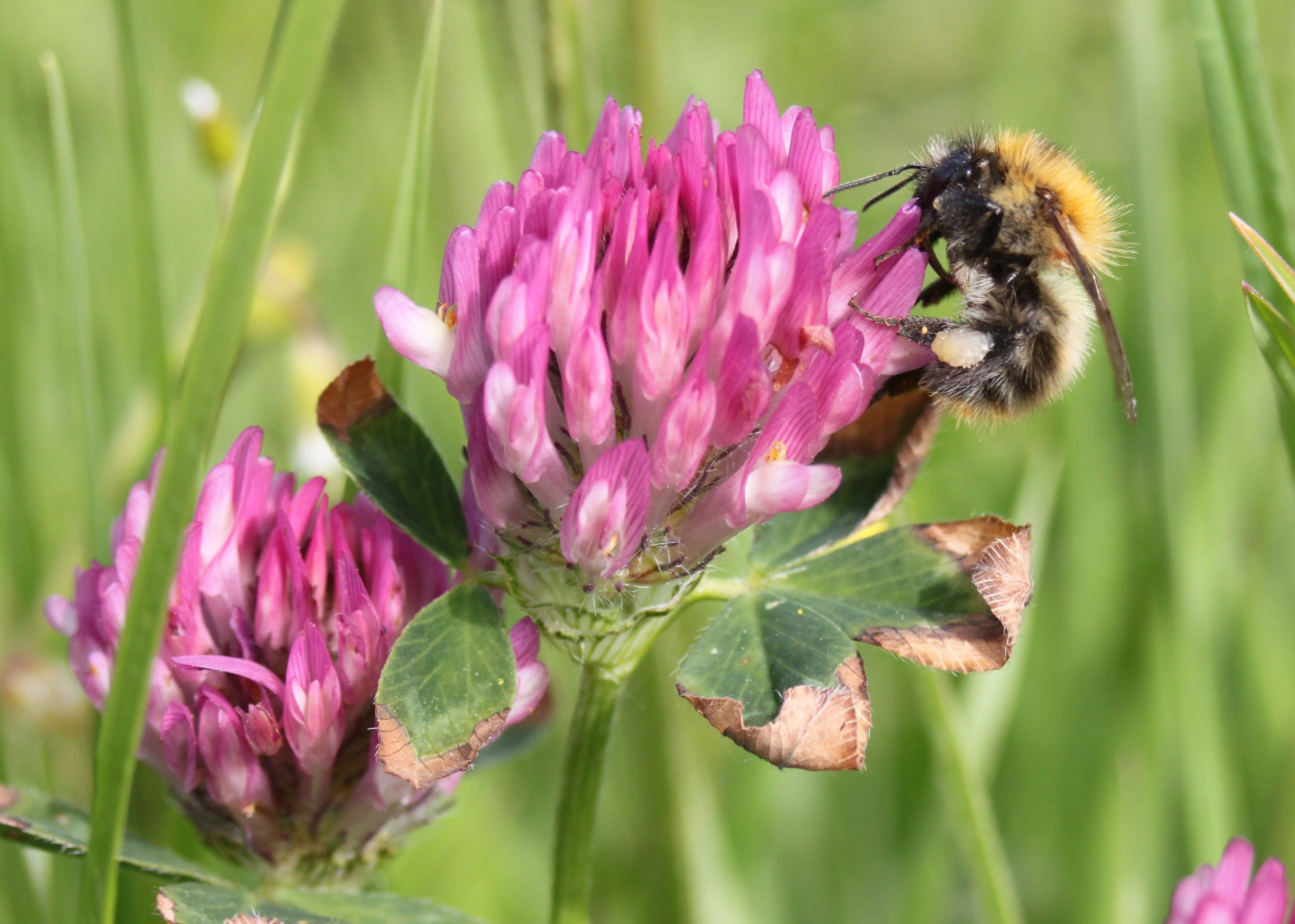
We don’t cut or rake it preferring to just let the sheep and horses graze it off in late-October, after the plants have seeded and the migrating birds have had a late-Summer banquet .
We don’t have any Yellow Rattle and we don’t pick up the horse poo! We shut it up again at Midwinter for next years lambing.
The biggest changes we have seen over the past few years are due to more erratic weather. In 2019 all our grass disappeared in the hot dry spell, and reluctantly we had to let the animals in to the wildflower meadow, which they ate completely off in two weeks! Amazingly, it recovered and came again, still looking glorious, just later and smaller and it still provided a veritable feast for the birds.
The constant rain of spring 2020 meant shutting up the best fields. We provided shelter and limited grazing for the stock and bought in a little bit more hay than usual. It’s good to see the grass growing well again where it may well have been poached and trashed.
We are hoping to plant more trees in the future in various suitable places on our smallholding. I hope to sell one of my horses and we hope to have even fewer sheep (just 6 or 7) so that we can have more meadows which give us and our precious wildlife so much pleasure.
Other "Me and my Meadow" stories

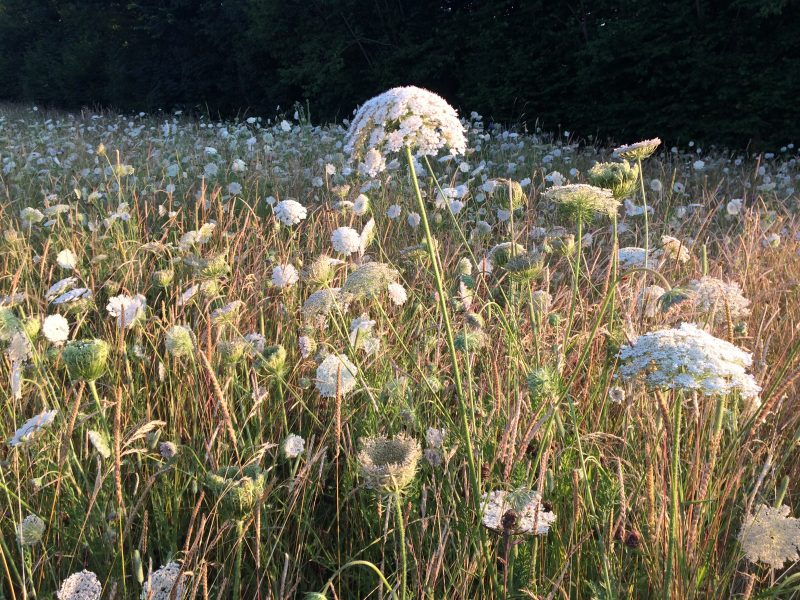
Charlotte Parton and David Jenkinson
Broadhempston
The creation of a garden wildlife haven - a new wildflower meadow and nature pond, starting from scratch.
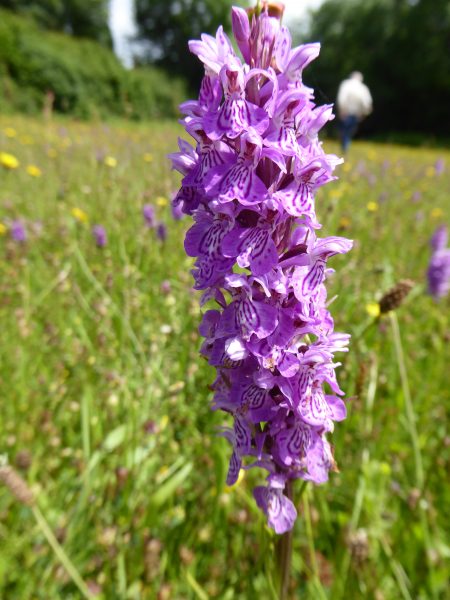
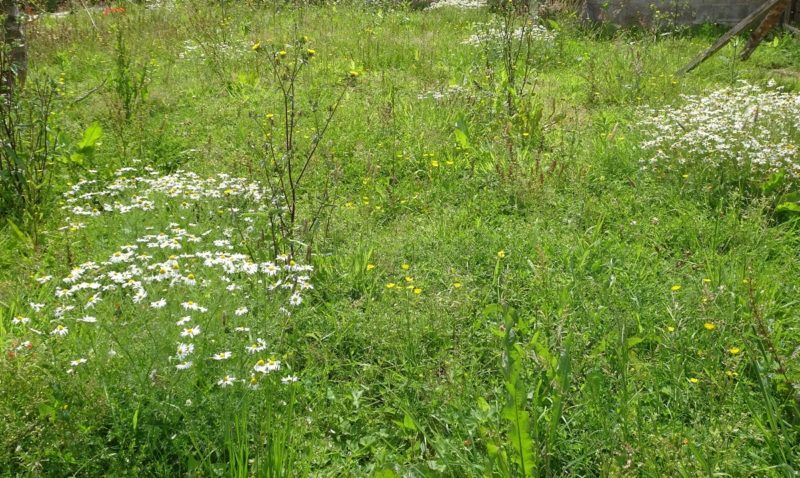
Robert Powell and Jane Emberson
Dousland, near Yelverton
Establishing patches of meadow and other habitats in a garden in west Devon brings in the wildlife
